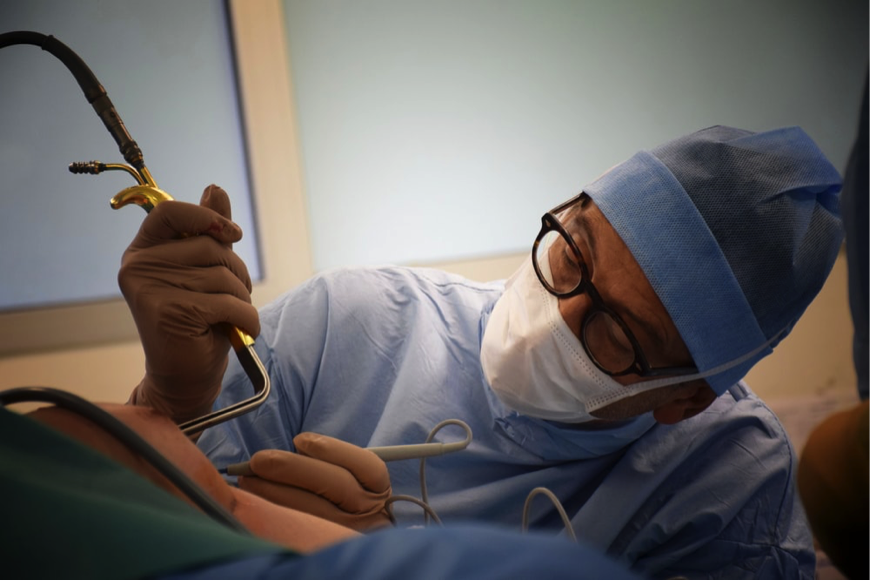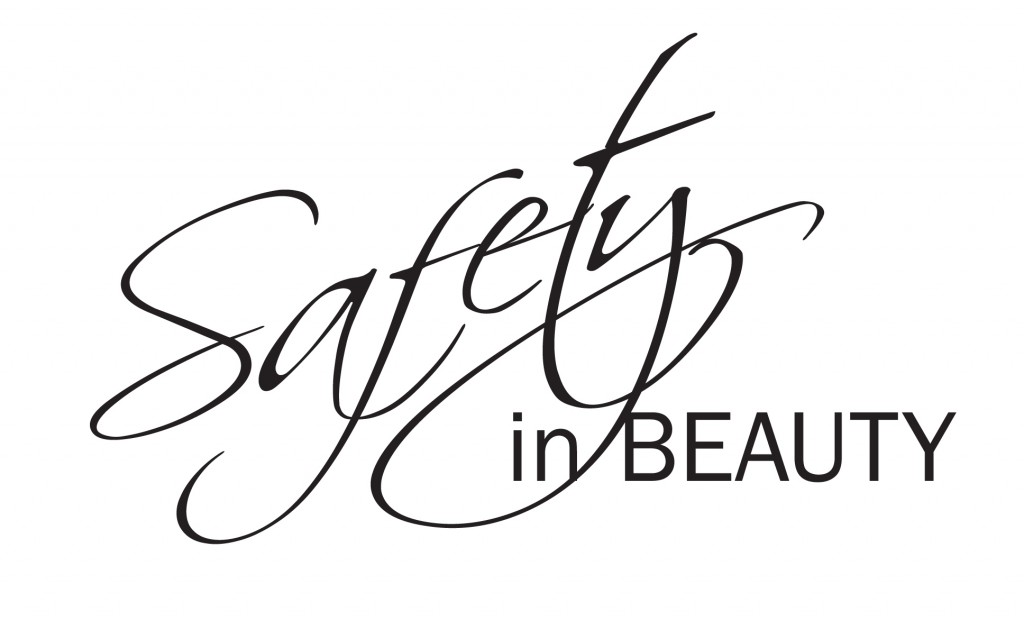
Getting a breast augmentation is a life-changing experience. It’s an exciting time, but it’s also a challenging time. You are going through a lot as your body is changing and readjusting to new proportions. However, with some tips and tricks, you can make this process much easier. Below are some do’s and don’ts that will help you get through the recovery period following your breast augmentation surgery. Some of these may seem obvious but the little things can have a big impact on your recovery. Read on to find out what they are!
1. DON’T forget to breathe
One of the most common mistakes women make after breast augmentation is forgetting to breathe throughout the day. When you’re in pain, it can be easy to forget how to breathe properly. And it can make your pain feel much worse. Make sure you are taking deep breaths throughout the day. It can help you feel less stressed and more relaxed. This can help your body get rid of the lactic acid that builds up in your muscles and joints. This acid can make your pain feel worse, especially in the first few days after your surgery. If you’re not sure how to do this, try placing one hand on your chest and one hand on your stomach, and take a few deep breaths to practice. Try to do this a few times throughout the day when you start to feel stressed, as it can help improve your mood and reduce pain.
2. DON’T be afraid of walking
Some patients are very afraid and apprehensive about walking after their breast augmentation. While it is true that you should walk as much as you can, you should not be afraid of doing so. Walking will help you heal faster, and it will help relieve the pain you may be having. It can also help get your blood flowing, which can help minimize swelling. If you are experiencing discomfort when walking, you should walk slowly and try to avoid uneven ground. You should also wear proper footwear and avoid wearing high heels while your incisions are healing. If you are worried about pain when you walk, try taking an over-the-counter painkiller right before walking to help alleviate any discomfort. If you are experiencing excessive pain, you should contact your doctor.
3. DON’T push yourself too hard at the gym
While you can and should begin to handle some light weights and push yourself at the gym around 4-6 weeks after your surgery, you should not push yourself too hard. You should always listen to your body and avoid exercises that cause you pain or discomfort. You may feel like you have to push yourself to catch up for lost time, but you should not do this. It is not worth risking your health. If you feel pain or discomfort, stop the exercise and rest for a few days before trying again. You should also avoid doing exercises that are above your incision line. This includes exercises that require you to lift your arms above your head. You should also avoid exercises that require you to lie on your stomach.
4. DO get plenty of rest
Getting plenty of rest is the most important thing you can do in the first few weeks after your surgery. Napping when you need to is perfectly acceptable after breast augmentation surgery. You should try to get as much rest as you need in order to feel better. It can be difficult to rest when you have a lot of things to do and the pressure to get back to normal. However, you should try your best to do so. It will help you feel better, and it will help your body heal faster. It will also help you avoid infections, blood clots, and a host of other complications that can arise if you do not rest properly.
5. DO make sure you have a good support system in place
Having a good support system in place is crucial after a breast augmentation. This means keeping in touch with your loved ones and having them keep in touch with you throughout your recovery. Let those close to you know how they can best support you. You may find it helpful to have them check in with you regularly to make sure you’re doing okay and to have someone to talk to about your experience. Having a support system in place can help you feel less alone and more comfortable with your recovery. It can also help you manage stress better and provide you with the emotional support you need to get through this period. Having a support system in place can also help you avoid missing work or rescheduling important appointments, which can be helpful when you are trying to heal. Having someone to help you out with daily tasks and appointments will help you focus on your recovery, which can help speed up the process.
6. DO continue your normal skincare routine
You should definitely continue with your normal skincare routine following your breast augmentation. This will help prevent clogged pores and breakouts, which can happen when your skin is healing. It can also help prevent any scarring and wounds. Make sure you are using a gentle cleanser and moisturizer, and avoid scrubbing your skin too much. You can also use other skincare products to help your skin heal and prevent problems. For example, try using a soothing, healing ointment or cream on any incisions to reduce discomfort while they heal. You can also use a face mask or find a face serum that is appropriate for your skin type.
7. DON’T exercise excessively or overexert yourself
While you should definitely begin exercising again as soon as you feel able, you should avoid exercising excessively or overexerting yourself. Overworking your body during the first few weeks following surgery can increase your risk of complications and lead to unnecessary pain and exhaustion. It can also delay your healing process and make you feel worse. There is a delicate balance between doing too much and doing too little after breast augmentation surgery. You should not feel pain when exercising, and you should not be overly exhausted or out of breath when you finish. You should also avoid exercises that require you to lie on your stomach or lift your arms above your head. This can put undue strain on your incisions and can cause them to open up again. You may also find that you have less energy than normal and that you are more easily winded than usual.
8. DON’T ignore your medication and follow-up appointments
Taking your medication and following up with your doctor as scheduled are incredibly important. Your medication will help reduce pain and inflammation, which can help you feel better faster. It can also help prevent blood clots and infections. Breast augmentation surgery can put you at higher risk of blood clots, especially in the first few weeks following surgery. You may need to take blood thinners to help prevent blood clots. It is important to take these medications as prescribed and to avoid activities and situations that may increase your risk of a blood clot. Avoiding dehydration and getting plenty of rest can also help prevent blood clots. Follow-up appointments are also very important. During these appointments, your doctor can assess your healing process and check for any infections or complications. They can also provide you with more tips and help you get back to normal as quickly as possible.
9. DON’T drive unless you are comfortable doing so and have practiced beforehand
This is a very important tip for patients who are getting breast augmentation surgery. You should avoid driving for a few weeks following your surgery to eliminate the risk of blood clots. You should also not drive if you are experiencing any pain, discomfort, or heavy bleeding. You should also not drive if you have taken any pain medications or have been drinking alcohol. Even with a very small amount of alcohol in your system, it can impair your ability to drive safely and legally. You should also avoid driving if you are experiencing excessive drowsiness or if you feel dizzy or faint. Driving while experiencing these symptoms can be dangerous and can delay your healing process. You may also want to ask a friend or family member to drive you to your follow-up appointments and other important visits.
10. DON’T lift anything heavy for 6 weeks
This is important specially if your implant is behind the muscle. Lifting anything which you need to hold breath or makes your face red, is too heavy for you. Discuss with your surgeon if you have a baby you care for and when you can start lifting your child. Help with you loved ones might be needed with these activities.
Conclusion
Having undergone a breast augmentation surgery to feel more confident and comfortable in your own skin is not the end of it. Aftercare is just as important, especially when you have to take care of your surgical wounds and adjust to your new body. The post-operative period after breast augmentation can be challenging for most patients. You will feel sore and tired, but with good habits and routines, things will go back to normal sooner than expected.

Author: Mr Aftab Siddiqui, FRCS, is a Consultant Plastic Surgeon at the Countess of Chester NHS Hospital, Chester and across Manchester and Preston.. He is a member of the British Association for Plastic, Reconstructive and Aesthetic Surgeons (BAPRAS) The British Association of Aesthetic Plastic Surgeons (BAAPS) International Society of Aesthetic Plastic Surgeons (ISAPS) European Board of Plastic Reconstructive and Aesthetic Surgery and is on the GMC specialist register for Plastic Surgery. His special interest includes Breast Augmentation, Tummy tuck, Breast reduction , Breast uplift , Mummy makeover and other cosmetic procedures.
Further Information
Instagram @dr_a_siddiqui
info@breastandbody.co.uk
